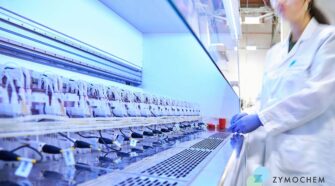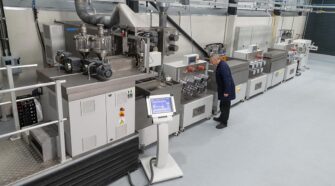Bio-Based Fiber

ZymoChem Debuts Scalable Bio-Based SAP
Harshal Chokhawala, Co-Founder & CEO, Shares the Vision for BAYSE™ – the World’sFirst Scalable, Bio-Based, Microplastic-Free, Biodegradable Super Absorbent Polymer Super Absorbent Polymer (SAP) is the key ingredient for any …

COLLABORATION for CIRCULARITY
Sustainable Nylon Alternative Bylon™ Progressed by FET and Sci-Lume Labs Every year, millions of tonnes of apparel fibers are made into billions of garments, the vast majority of which are …

Viability of Renewable Sources in Polymers
Overview of Emerging Biodegradable Polymers, Their Suitability and Commercial Applications In Textiles, and Future Challenges Over the years, the consumption of single-use plastics has been on the rise due to …

Elevating Viscose Circularity: Lenzing Expands REFIBRA™ Technology to LENZING™ ECOVERO™
LENZING™ ECOVERO™ with REFIBRA™ technology incorporates up to 20% of recycled raw material content from post-consumer textile waste. The goal is to further increase this ratio in the future.

Advances in Bio-Based Fibers
A Primer on the Sustainable Golden Ticket Bio-based fibers are the fiber industry’s response to the world’s calls for sustainability. However, the term “bio-based fiber” is often used loosely. In …

